A Sweeping New Exhibition Outlines the Evolution of Drawing, From Pablo Picasso to Nicolas Party
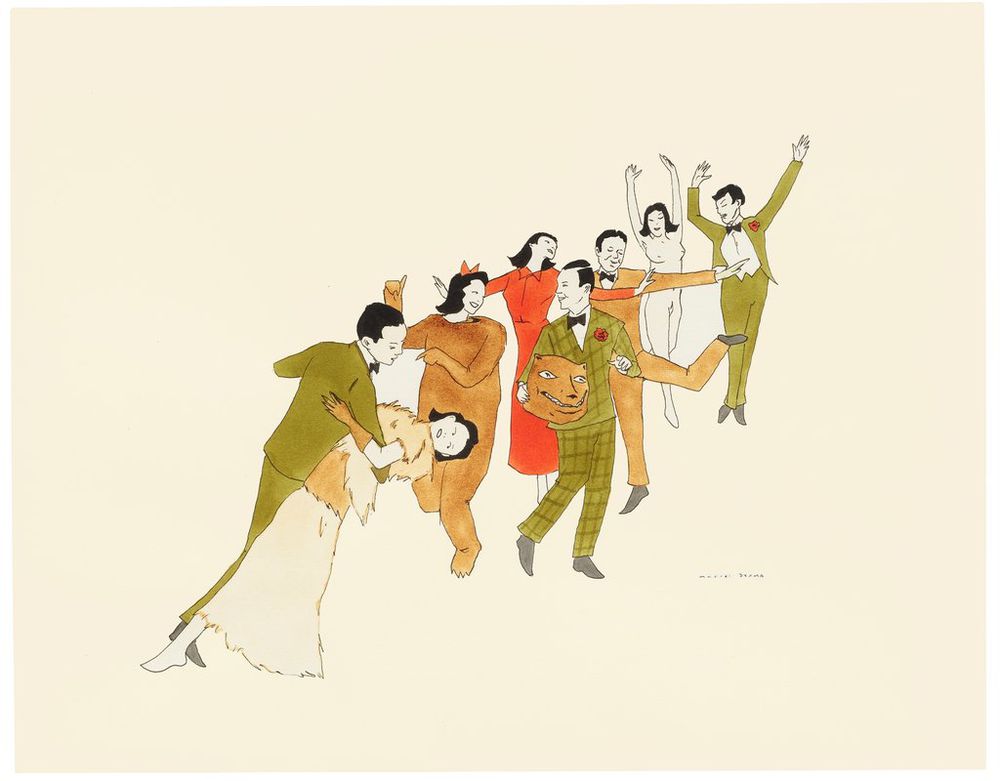

Katie White

If someone were to make a teen comedy about art mediums, drawing would probably be cast as the bespectacled and overlooked beauty who spends her days in the library stacks, just waiting to be noticed.
Drawing’s supporting-character reputation is centuries old. Even at the height of Renaissance disegno, when the ability to translate the world into line was considered a kind of mastery, drawing remained but a preface—always a sketch for a painting or sculpture, never a completed work of its own.
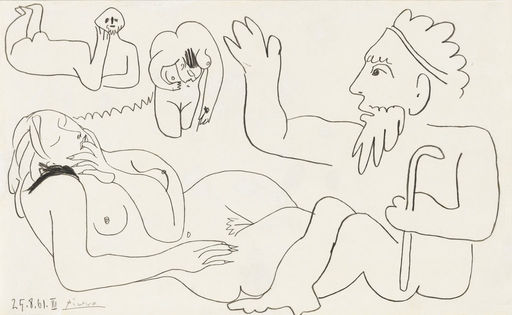
Pablo Picasso, Les Déjeuners (1961). Courtesy of Galerie Ludorff.
But in “Drawn World: From Menzel to Warhol,” a new show at Galerie Ludorff in Düsseldorf, drawing flourishes on its own terms through more than 50 works (predominantly German and Austrian) that form an energetic trajectory through the past two centuries of Western art history.
The show kicks off with German Realist Adolph von Menzel (whose detailed works are nearly Hogarthian character studies) before briskly transitioning into the tumultuous worlds of Ernest Ludwig Kirchner, Egon Schiele, Käthe Kollwitz, and through to Pablo Picasso, Christo, Otto Piene, Andy Warhol, and up to one of today’s hottest artists, Nicolas Party.
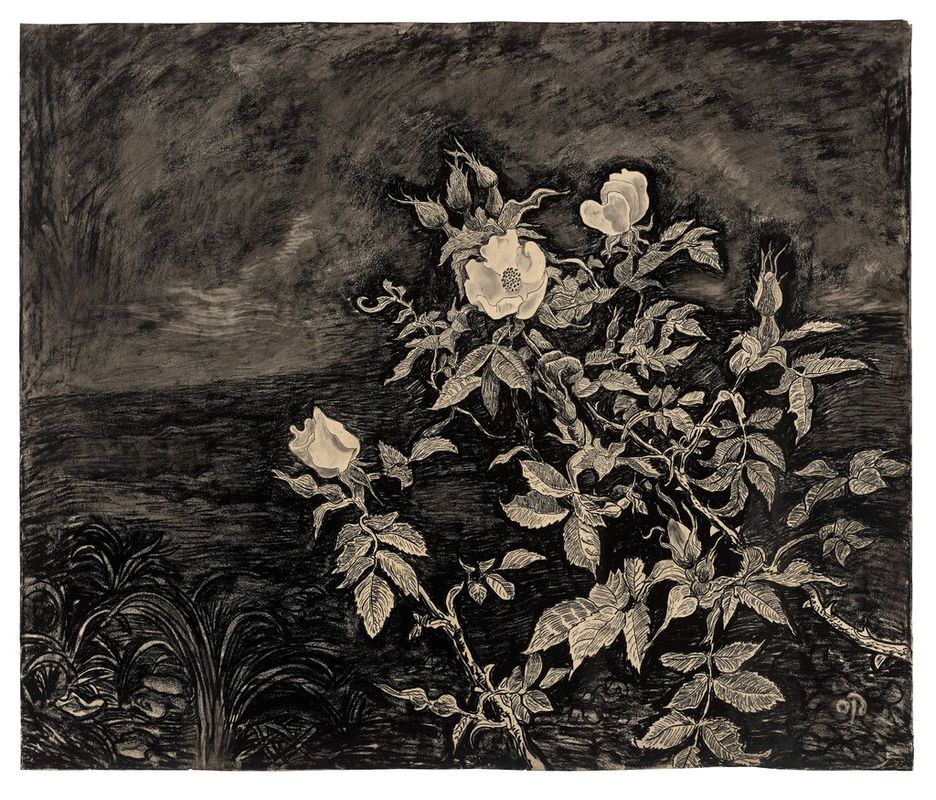
Otto Pankok, Hagebutte (circa 1930s–40s). Courtesy of Galerie Ludorff.
The scope of the exhibition is remarkable, even as Manuel Ludorff modestly noted that “some outstanding figures, like Giacometti and Klee from the modern field, or Julie Mehretu and Jorinde Voigt from the contemporary arena, are missing from the ideal project that I was initially hoping to realize.”
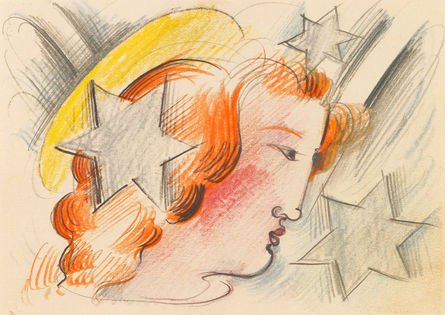
Oskar Schlemmer, Ohne Titel (circa 1930s).
The concept for the exhibition emerged from an awareness that splashier, larger, and more colorful exhibitions had sometimes overshadowed quieter shows in the gallery calendar, Ludorff noted.
“We realized that we needed to pay more attention to the gems that we had. Our drawings seemed to have been overlooked, I would say. Not only by us, but by many of the clients as well.”

Paula Rego, Tree and Mother (2007). Courtesy of Galerie Ludorff.
The exhibition is a heady mix of familiar names and new discoveries. Among the most remarkable works in the show is Picasso’s Les Dejeuners (1961), a playful reimagining of Manet’s famed Le Dejeuner sur l’herbe. “I cannot see a single line which he could have left out to tell his witty take,” Ludorff said. “Every line is in the right place. Not overly academic, but so talented and expressive.”
The show’s surprises are equally delightful. Among these are drawings by artists like the woefully under-recognized Portuguese painter and printmaker Paula Rego and the German draughtsman Horst Janssen.
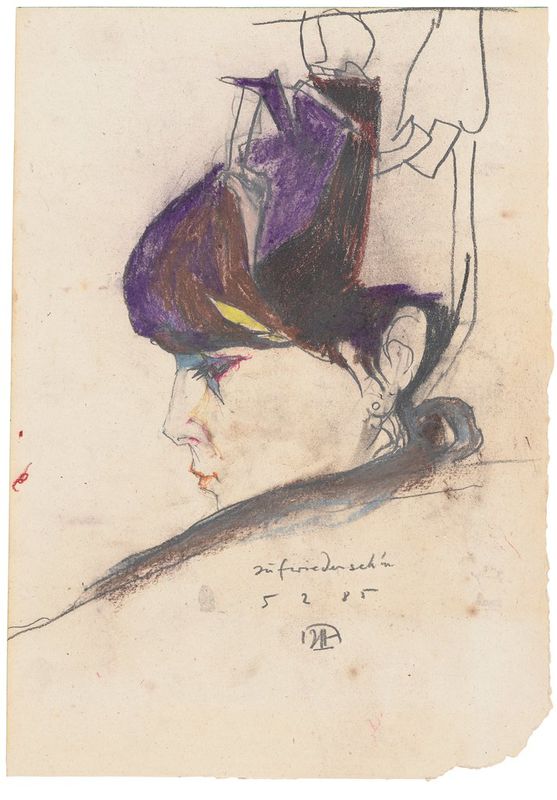
Horst Janssen, aufwiederseh’n (1985). Courtesy of Galerie Ludorff.
In its totality, the show is a rewarding experiment in the art of close looking.
“We are trained to understand images in the glimpse of a moment, but many very beautiful works may not attract our senses when they have to compete with attention-seeking ‘bling’ art,” Ludorff said. “I want people to take their time and to look at drawings with as much attention. There is great craftsmanship as well as radical energy and emotions to be found. What a reward!”
“Drawn World: From Menzel to Warhol” is on view at Galerie Ludorff through February 3, 2020.